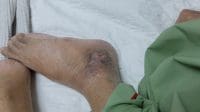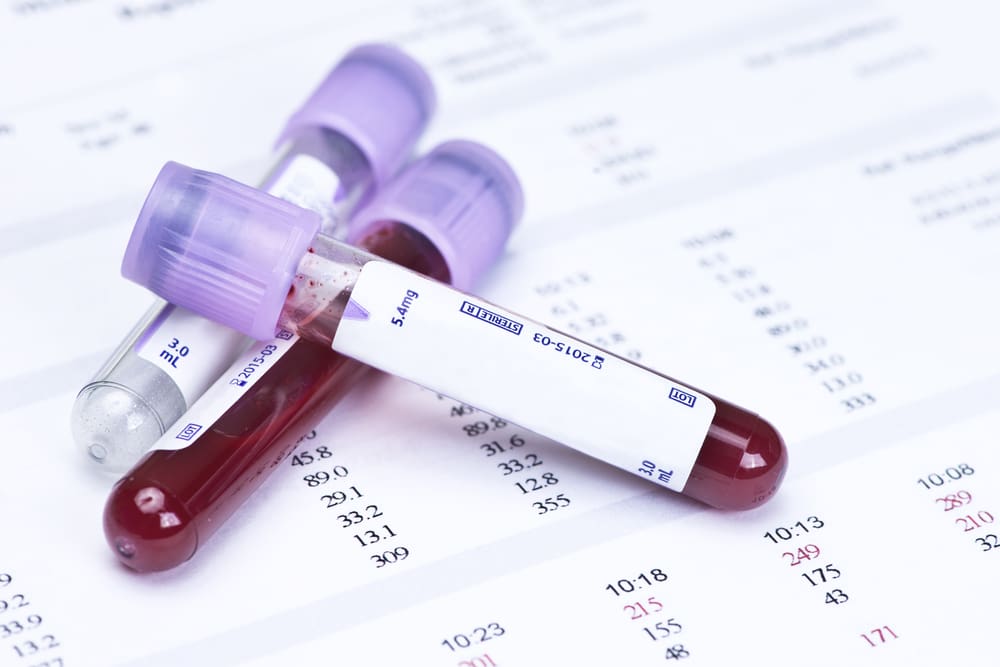Despite evidence-based guidelines for managing acute pain, multiple studies show that only about half of patients who experience moderate to severe pain obtain adequate relief. One of the most problematic areas is postoperative pain. Here we describe a pain target program that improved pain management on a women’s surgical unit. First, however, it’s important to understand the nature of surgical pain.
Pain after surgery
It’s estimated that 20% of patients who have undergone surgery experience severe pain with little relief during the recovery period. Poorly controlled post-surgical pain can lead to inactivity. Inactivity can lead to negative patient outcomes such as deep vein thrombosis, pulmonary embolism, pneumonia, ileus, and chronic pain. The negative impact also can affect patients psychologically in the form of anxiety or depression.
To avoid these adverse effects, it’s important after surgery to have a plan of care that includes frequent pain assessment, aggressive pain control measures, and regular monitoring to ensure patient safety and pain relief. Criteria should be established to determine acceptable levels of pain as defined by the patient because pain is subjective—it’s the person’s perception of what he or she is feeling.
The theory of unpleasant symptoms can help in developing the plan of care. This theory describes a symptom, in this case pain, and its influences on performance and consequences. Understanding the influencing factors that are associated with the pain, such as physiological (surgery), psychological (depression), and situational (lack of employment), will help clinicians manage and treat it more effectively.
Room for improvement
An analysis of discharge pain scores on a women’s surgical unit in our hospital indicated that only 20% to 40% of patients were meeting their pain management goals before hospital discharge. Furthermore, 85% of nursing staff indicated they were dissatisfied with the pain management process and would not recommend it to other units in the hospital.
These results sparked a process improvement project for pain assessment and its management. A major part of this project was the focus on having the team “target” the patient’s comfort-function goal as a guide for pain management.
The comfort-function goal is a realistic rating of pain that will allow the patient to effectively contribute to care activities during his or her recovery. Pain relief interventions during the postoperative period are implemented to achieve and help the patient maintain the comfort-function goal. This goal is a tangible mechanism for evaluating the healthcare team’s performance in relieving pain and improving patient perception of the pain management they experienced.
On target for implementation
The unit embarked on a 9-month evidence-based practice project to promote a patient-centered approach to pain management. The process began with brainstorming sessions led by the unit bedside nurses and representatives from the hospital’s performance improvement team. During the sessions, the team created a list of potential causes for patients being discharged with pain scores above their stated target pain level.
The list prompted a team of staff nurses to develop the pain target sign to help nurses and patients collaborate to achieve better pain control. (See My target pain score.)
Target pain score is based on a 0 to 10 range, with 0 equaling no pain and 10 equaling the worst pain the patient can imagine. After the patient identifies the goal number, the nurse writes it in the middle of the target.
The goal number is the patient’s self-reported acceptable level of pain that will allow him or her to still function within the context of activities of daily living and without further intervention. Nurses ask the patient to state the acceptable level of pain that would allow them to perform particular activities such as ambulation, turning in the bed, deep breathing and coughing, and getting up to the bathroom. The nurse reassesses the patient’s goal number and current pain level with each pain assessment, which is based on a standard script. The nurse also teaches the patient about pain intervention options and works with the patient to determine the best options.
Hitting the target
After implementing the program, the percent of patients meeting their target pain score by discharge increased from 68% to 84% within a month. In a follow-up correlational study in 2012 of the pain target program and patient satisfaction with pain management, there was a close to significant correlation with patient satisfaction scores and the Pain Target Program in post-surgical patients (p = 0.07).
Including the patient in assessment and interventions resulted in an improvement in the quality of pain management and benefitted patients by improving their functional status.
Melissa Woodbury is nurse educator, and Tracy Hannah and Nancy Mastrantonio are nursing supervisors for women’s health at Mission Hospital in Asheville, North Carolina.
Selected references
International Association for the Study of Pain. IASP Taxonomy. October 6, 2014.
Myers J. A comparison of the theory of unpleasant symptoms and the conceptual model of chemotherapy related changes in cognitive function. Oncol Nurs Forum. 2009;36(1): E1-E10.
Nworah U. From documentation to the problem: controlling postoperative pain. Nurs Forum. 2012;47(2):91-9.
Pasero C. Persistent postsurgical and posttrauma pain. J Perianesth Nurs. 2011;26(1):38-42.



















1 Comment.
I never took into account the fact that pain issues can also lead to anxiety and depression in patients. I guess I have to make sure that my sister undergoes a pain management treatment when she undergoes a surgery for her knee. This is because she has gout that she didn’t know of for three years. This will save her from suffering regarding her mental health as well.